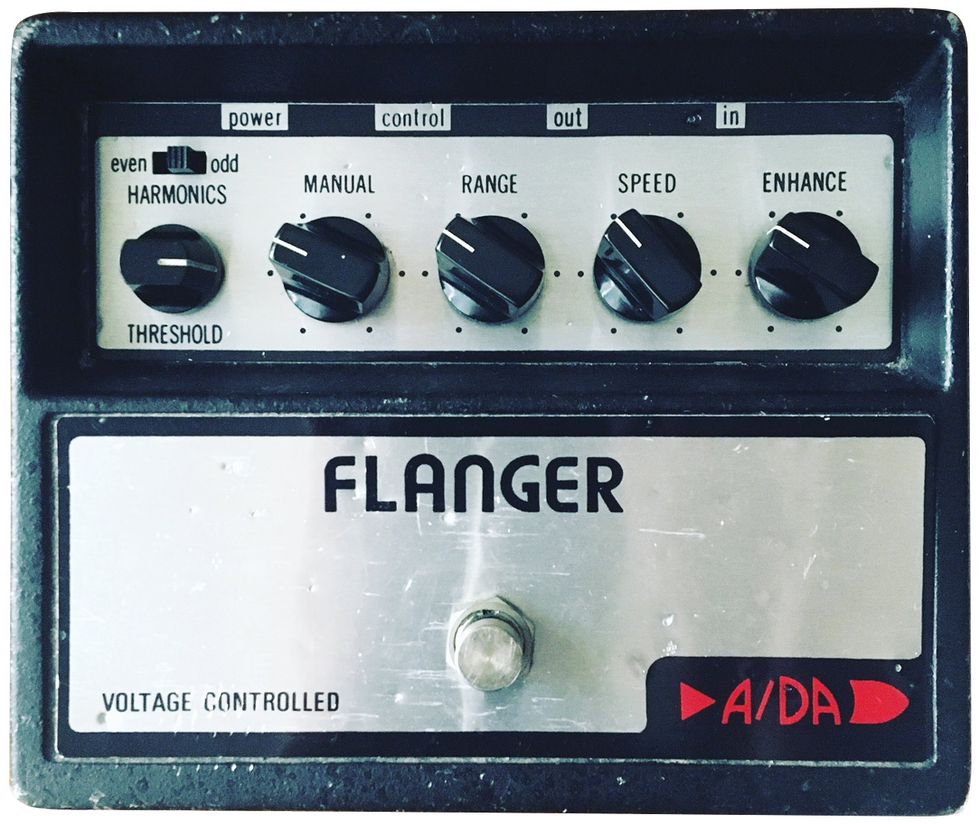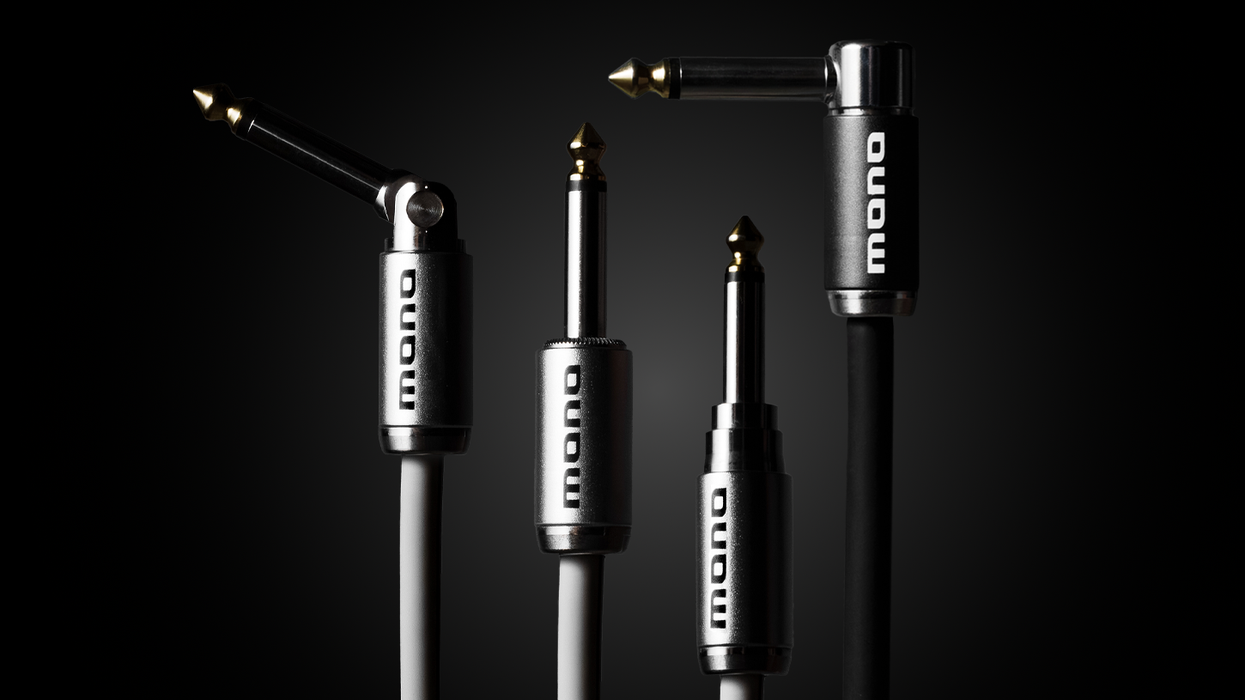While holidaying in Northern Virginia, I decided to visit one of my favorite guitar shops of all time, Action Music. Matt Baker’s shop in Falls Church is the kind of guitar store that every enthusiastic player deserves. There are classic amps to experience firsthand—to cut through the fog of branding and myth, and realize whether you’d actually prefer a Hiwatt or a Marshall. There are gorgeous vintage instruments to lust after and gigworthy pieces that were actually put to use. And along the entire eastern wall is a glorious glass case filled with effects pedals that many people only get to read about in forums or hear on YouTube.
Every noteworthy effect, amp, or guitar builder I know is a hoarder. We have collections that a layperson would call ridiculous, and even most players, musicians, and recording engineers might consider them excessive. But every designer I have known worth their salt has an insatiable curiosity for their art. We’ll buy the latest and greatest to see if there’s anything to the hype or a stroke of genius that we may have missed. We benchmark against the industry standards to see how our own work compares. And when money permits, we shell out for a classic just to appreciate the art, the enclosures, the sound, and the transformative experience those devices can create.
I’ve come to see vintage pieces in three classes. The first basically made me say “well, this is what we had to work with back then.” They can be pretty cool, but they’re generally exciting only in the most basic, nostalgic way. We’ll kid ourselves that they were better than they are. We imbue these items with the sense memory of how they looked and what we remember of using them, recalling those early rehearsal jams or shows where, just like our playing, they made some sound, if not necessarily a good one. Discovery was fun.
The second category consists of really good vintage pieces that can transport you to a place and time you may have never visited. I was thinking recently of a vintage Small Stone and a Thomas Organ wah that we repaired. Once the broken connections were fixed and solder joints retouched, I fired them up and instantly felt like I was dropped back into 1976.
We recognized sounds and colors that inspired the art of their time, whether it was decades of current passing through the semiconductors, an era of wandering parts tolerances, or a placebo effect triggered by the lingering musty smell. I felt like filmmakers might when they have the correct camera lenses and film stock, and the costume director has made sure the cast is wearing the period-correct clothing for the time.
But the top class of stuff I’ve found is the work that’s truly inspiring. They transcend place, time, design, and expectation. They delight and bewilder, and the experience seemingly satisfies both the logic of science and the magic of the inexplicable. And that takes me back to Action Music, where I spied an old A/DA Flanger and remembered how we enjoyed its whoosh when we tracked with one decades ago. Plus, I’d been banging around for too long on a 1976 Les Paul Custom not to feel kind of guilty. I had to buy something.
When I got the pedal back home, I was blown away in a manner that reminds me of the foreword to John Kennedy Toole’s A Confederacy of Dunces. I was first surprised by the sound quality when turned on, then impressed by the depth of the sounds it could make. I couldn’t stop laughing at the over-the-top wacky stuff it could do, and then I was speechless from the subtle and useful textures I dialed up. The control set went beyond the straightforward, two-dimensional expectation I generally have for flangers or most modulation devices where the user focus is on how quickly something goes swish-swish and how severely it changes things. But here, I felt like I could choose how far away or up close the effect was, the range of frequencies that seemed to be getting moved, and how things could be pushed either beyond or beneath our expected boundaries for the effect. Raygun sounds soon could be pseudo Leslie speaker sounds that were more interesting to me than real Leslie speaker sounds, and I could dial back to those “more chorus than chorus” sounds I remember from the Police or the Cure. I stopped thinking of it as even a “flanger,” and more as a tool that could color, alter, or reshape the sound.
To me, devices like this one inspire consideration beyond their functional merits, whatever class of products we’ve designated them for, or how players might use them—and make me broadly reflect on our work. Rather than cloning, perhaps vintage pieces like this from years ago should inspire contemporary designers to pursue a similar sense of boundary-defying wonder and exploration. If they could do it back then, we can do it now.
























